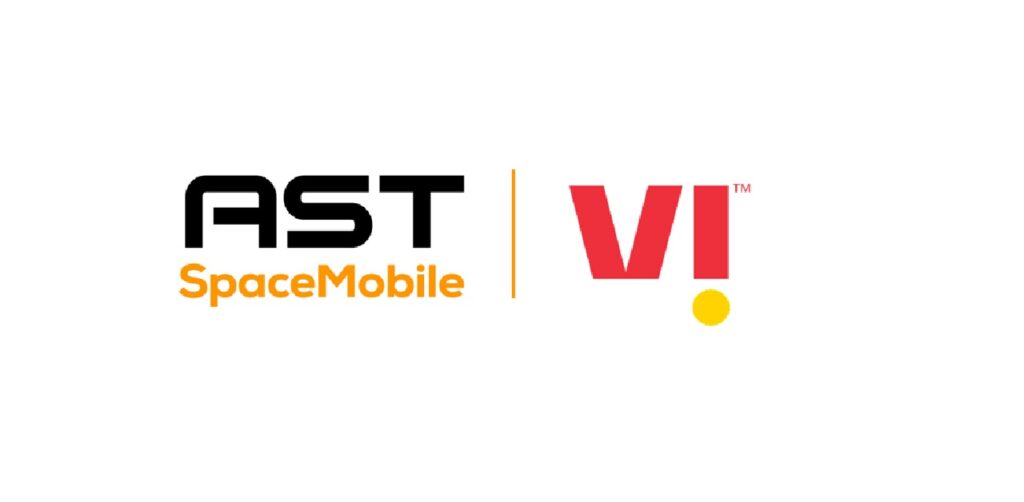Author: Akshay Published Date: 24 June 2025
A Vision With Roadblocks
On June 18, 2025, Vodafone Idea (Vi) announced a groundbreaking partnership with AST SpaceMobile, aiming to deliver direct-to-device (D2M) satellite connectivity to standard mobile phones—no extra hardware needed. The idea? Use Vi’s existing 4G/5G spectrum bands to beam satellite signals directly into remote regions. But there’s a problem: India’s current regulations prohibit terrestrial spectrum from being leased to satellite operators, effectively stalling the deal. Without regulatory reform, what appears to be a next-gen connectivity solution will remain aspirational.
What the Deal Promises
Unlike past satellite tie-ups from Airtel and Jio (which rely on ground-based terminals), the Vi–AST deal envisions:
- Direct satellite connectivity on everyday smartphones.
- Use of existing licenses in 900/1800/2100/2500 MHz IMT bands.
- Seamless coverage in areas without terrestrial infrastructure.
This could unlock access to 400 million rural Indians currently off-grid or underserved, boosting telemedicine, education, and disaster response.
The Regulatory Mountain to Climb
Currently, India’s framework, which is built around terrestrial licensing, does not include support for spectrum sharing between mobile networks and satellites. The Telecom Regulatory Authority of India (TRAI), in its May 2025 recommendations, explicitly left out IMT bands for D2M use, pushing for alternate spectrum like Ku, Ka, L, and S bands instead.
Analysts stress that without a Department of Telecom (DoT) reference to TRAI and consequent public consultation, legal definitions and mechanisms for spectrum leasing remain missing, with no clause to authorize hybrid satellite‑terrestrial networks.
Technical Complexities: Much More Than Red Tape
Even if regulations are updated, technical hurdles abound:
- Indian spectrum is licensed circle-wise, not nationwide. If AST uses spectrum in one circle, neighboring areas controlled by Airtel or Jio on the same frequency could face interference.
- The US counterparts (e.g., AST & T-Mobile) needed FCC approval to share existing spectrum under conditions preventing harmful interference. India would need similar detailed regulations.
In short, India doesn’t just need a law change—it needs a framework for cross-operator coordination and technical safeguards to prevent service disputes or signal spillage.
What Must Happen Next
To unblock the deal, the following steps are essential:
- DoT officially asks TRAI to draft D2M regulations permitting the sharing or leasing of IMT bands.
- Public consultation to gather input on interference norms, technical standards, and license terms.
- Creation of dedicated license types for satellite-terrestrial hybrid models with coverage, power, and spectrum-use guidelines.
- Adoption of pan-India licensing frameworks to avoid circle-based conflicts.
Until these measures are enacted—which may take months or even over a year—the Vi–AST partnership remains a vision waiting on policy.
Why This Partnership Is Special
- A world first in India: No additional receiver needed—smartphone connects directly via satellite.
- Bridges rural incompleteness: Great for areas where laying towers isn’t viable.
- Aligned with Digital India: Supports government aims for universal connectivity.
But policies haven’t yet caught up to this innovation.
Competitive and Global Perspectives
- Bharti & Jio’s Starlink deals focus on fixed rooftop terminals using Ku/Ka bands, already permitted under existing frameworks.
- AST’s US partnership with T-Mobile only succeeded after securing explicit FCC dispensation.
- AST’s global ambitions—partnerships in Europe, Africa, US—face similar hurdles, making India’s regulations a key test.
We are seeing a global regulatory convergence around satellite-terrestrial hybrid services, but India is still drafting the rulebook.
Market and Investor Implications
Delays will ripple across:
- Investors: AST SpaceMobile stock has surged, but growth may stall if deployment lags.
- Vi’s rural edge: Satellite backup could be transformative—delays cost competitive advantage.
- Digital divide goals: Full D2M rollout would expedite universal access; delays mean more underserved remain offline.
Time is money—especially when addressing 400 million unconnected users.
A Vision Rolled Out
Despite the regulatory mess, Vi and AST remain committed:
- Vi oversees mobile network integration and retail rollout.
- AST manages satellites, gateways, and ground linkages.
- Their 10-year collaboration aligns with international satellite rollouts, making India a pilot for global adoption.
But success hinges on regulatory vigilance.
